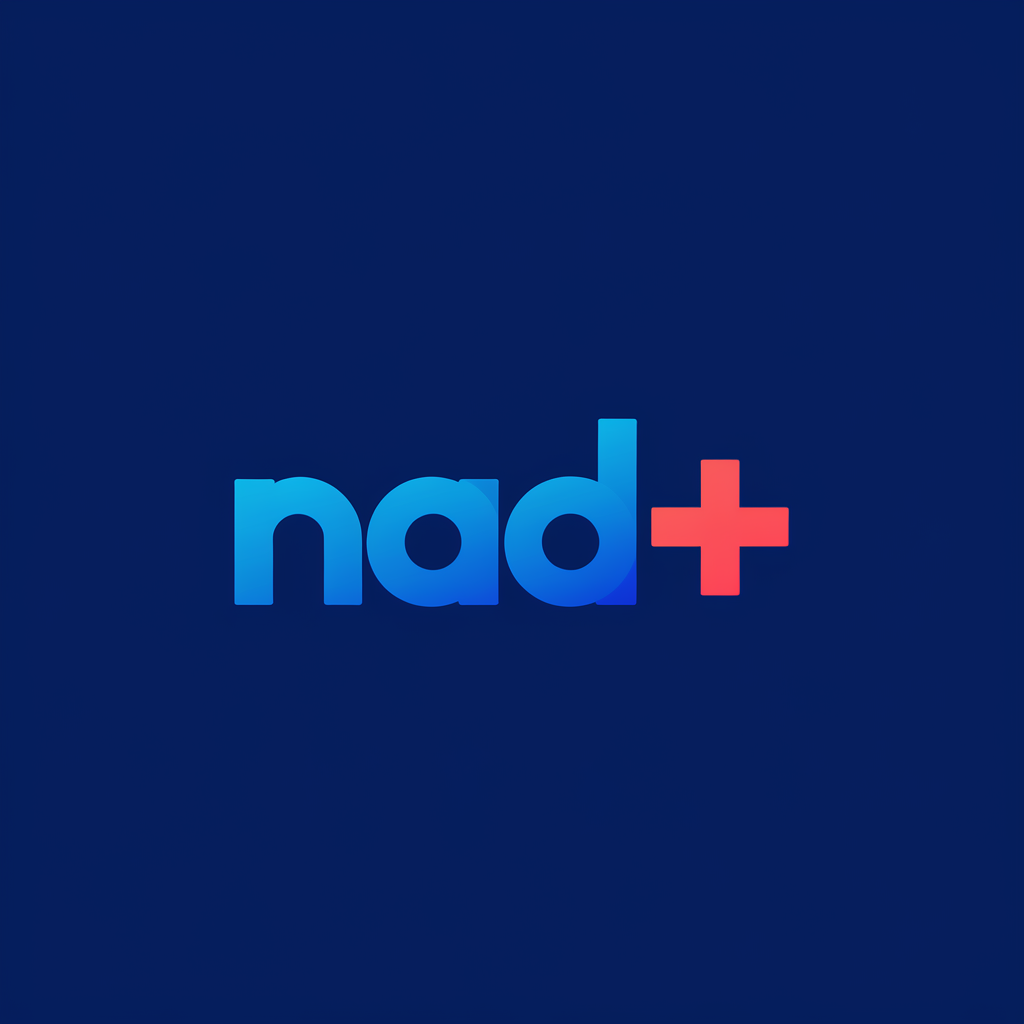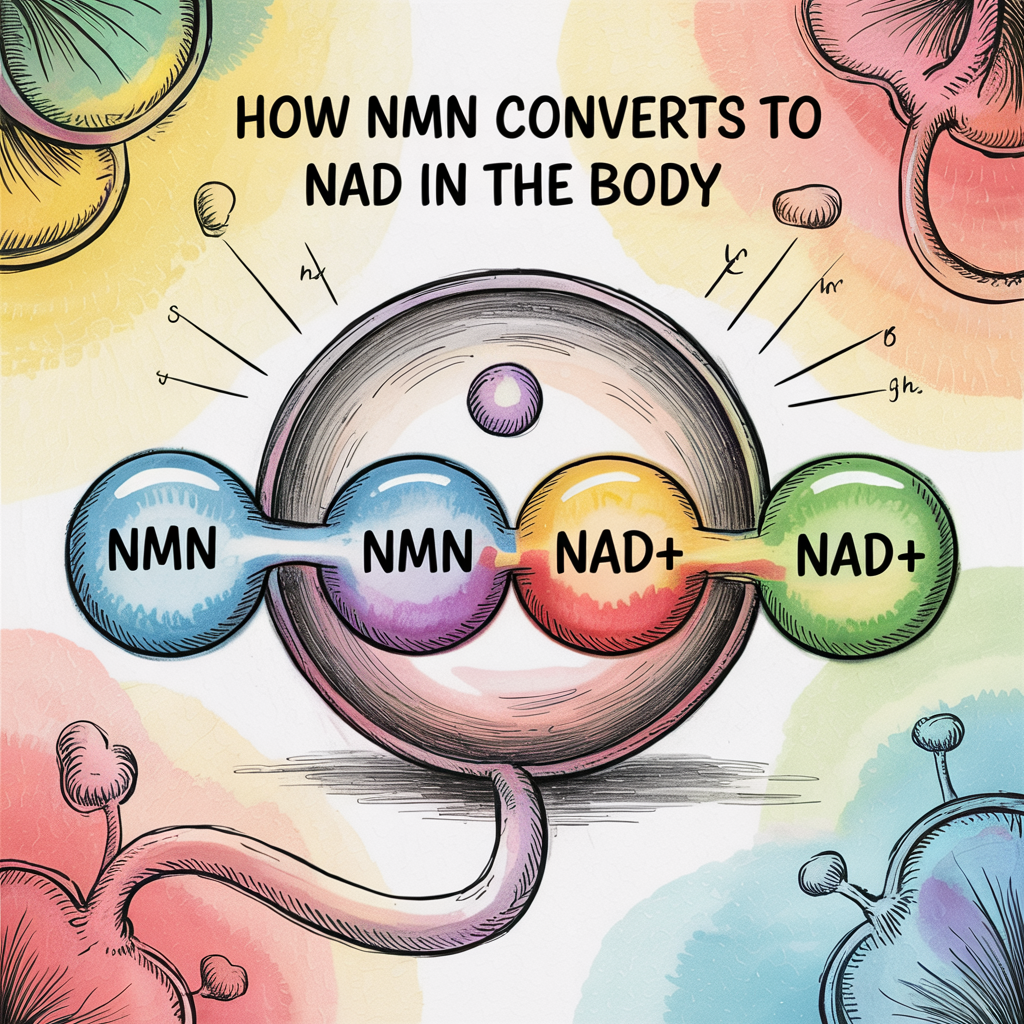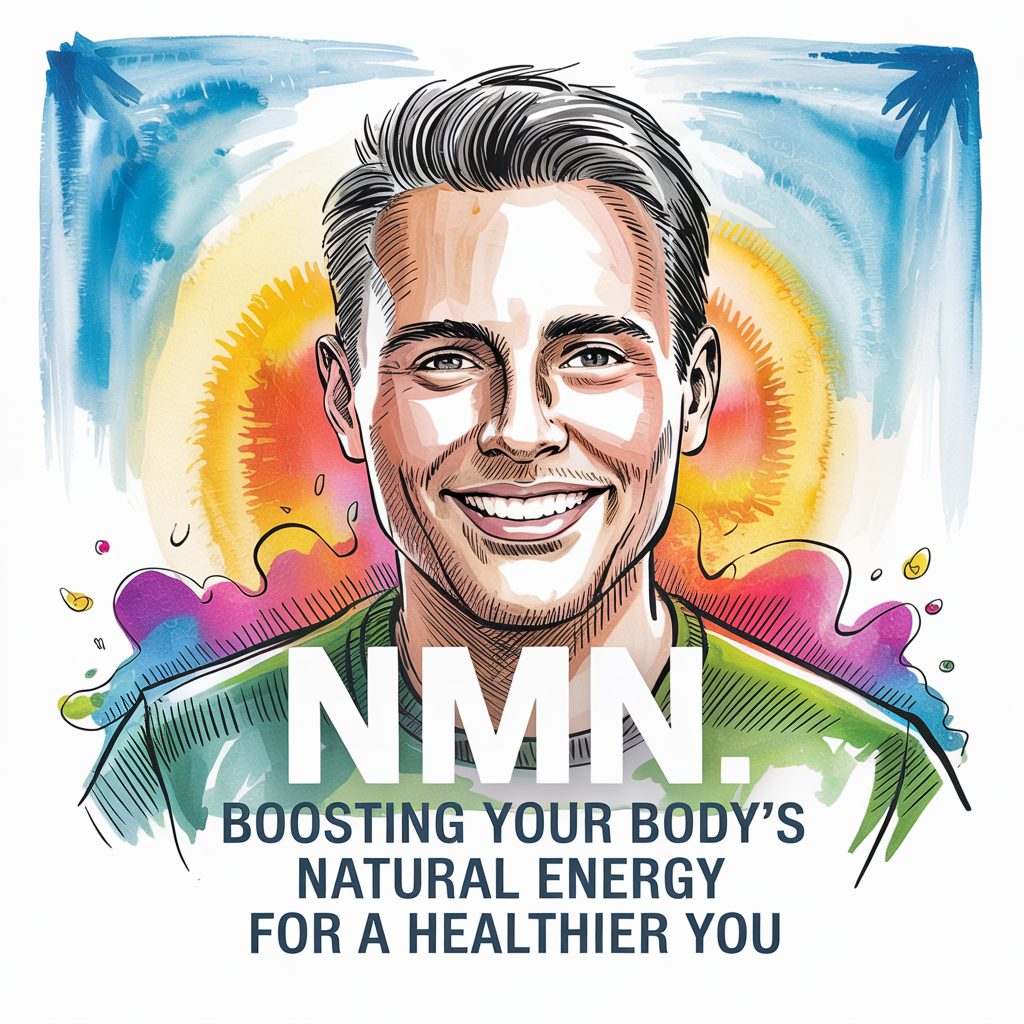The mechanism by which NMN boosts NAD+ levels in the body
Nicotinamide mononucleotide (NMN) plays a significant role in boosting NAD+ (nicotinamide adenine dinucleotide) levels within the body. Here’s a breakdown of the mechanism:
Understanding NAD+
- NAD+ is a crucial coenzyme found in all living cells.
- It’s essential for numerous biological processes, including:
- Energy production (mitochondrial function)
- DNA repair
- Gene expression
- Cell signaling
- NAD+ levels naturally decline with age, contributing to various age-related health issues.
NMN’s Role
- NMN is a precursor to NAD+. This means that the body can use NMN to produce NAD+.
- Here’s the basic pathway:
- NMN enters cells.
- Enzymes then convert NMN into NAD+.
- Specifically, NMN is converted to NAD+ by NMN adenylyltransferases (NMNATs).
Key Aspects of the Mechanism
- Direct Conversion:
- NMN is a relatively direct precursor to NAD+, making it an effective way to increase NAD+ levels.
- Enzymatic Action:
- The conversion of NMN to NAD+ relies on specific enzymes within the body.
- Transportation:
- There have been discoveries of transporters, like Slc12a8, that aid in transporting NMN directly into cells. This is important for NMN to be able to be utilized by the body.
- NAD+ Biosynthesis:
- NMN is synthesized from nicotinamide by the rate-limiting enzyme, nicotinamide phosphoribosyltransferase (NAMPT). And also can be synthesized from nicotinamide riboside (NR) via an NR kinase (NRK)-mediated phosphorylation reaction.
- Sirtuin Activation:
- Increased NAD+ levels, in turn, activate sirtuins, a class of proteins involved in regulating cellular health and longevity.
In essence:
NMN acts as a building block for NAD+. By supplementing with NMN, you’re providing the body with the raw materials it needs to produce more NAD+, which then supports various vital cellular functions.
It’s important to note that research in this area is ongoing, and scientists are continuing to explore the full extent of NMN’s effects and benefits.





